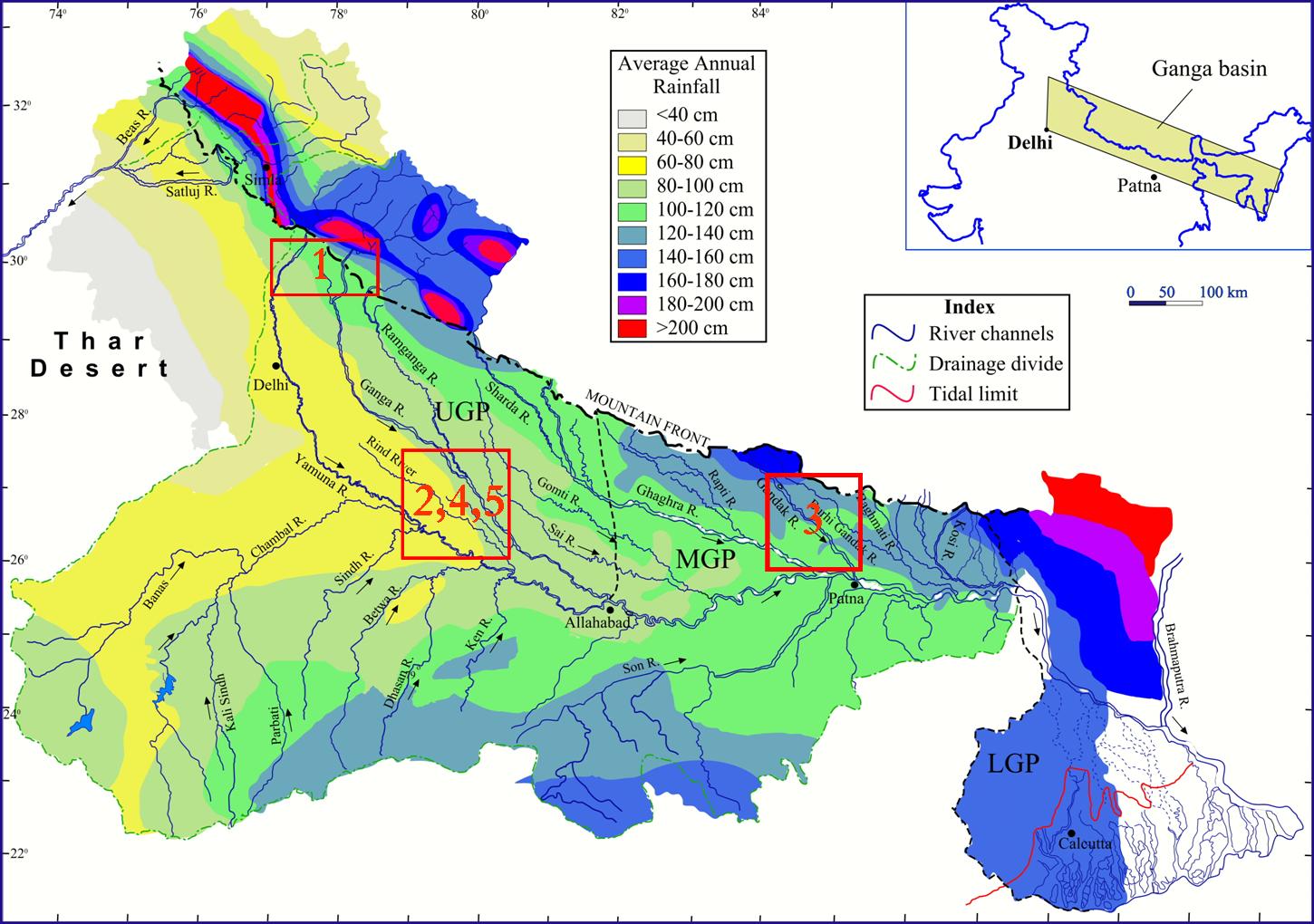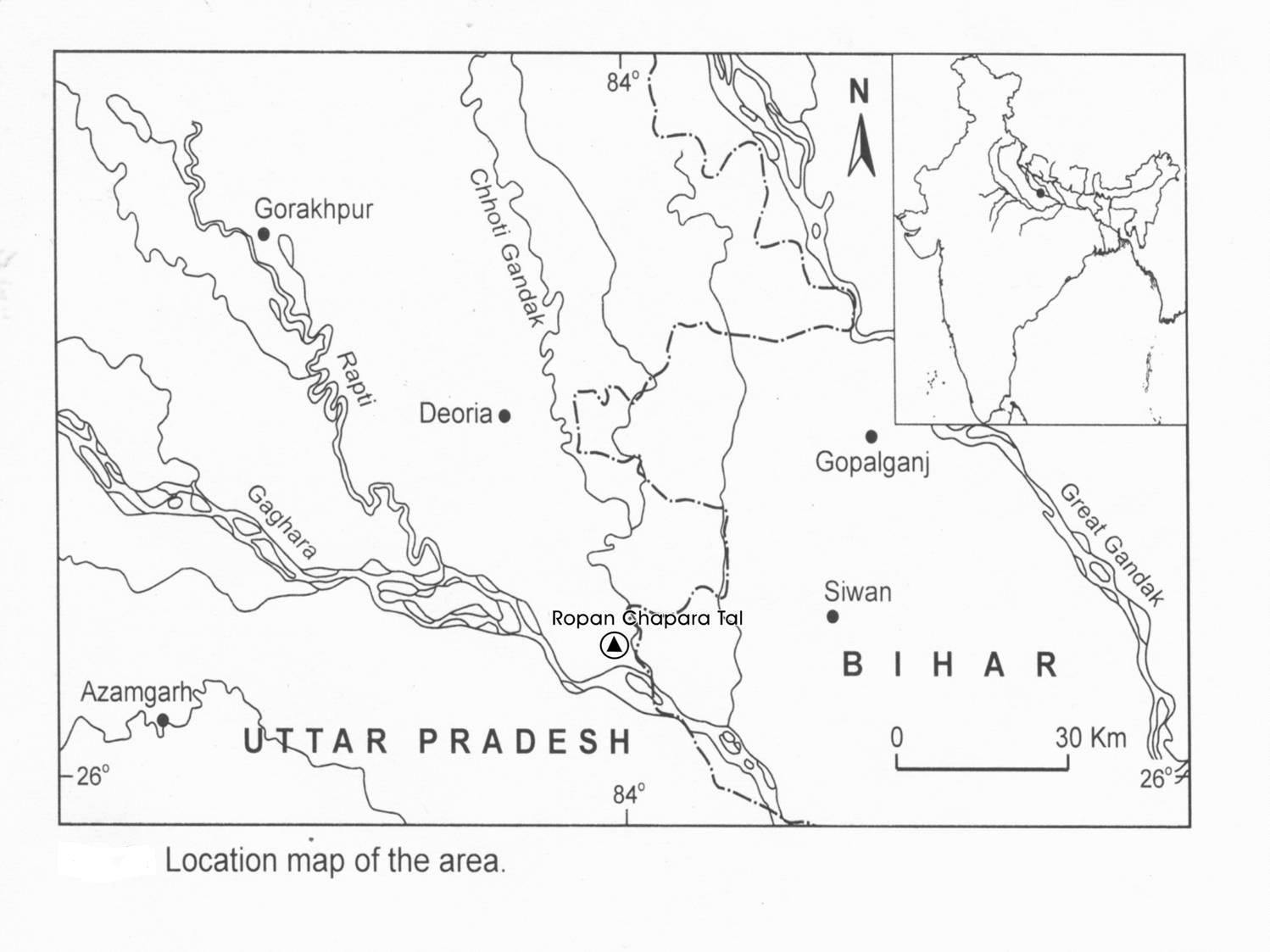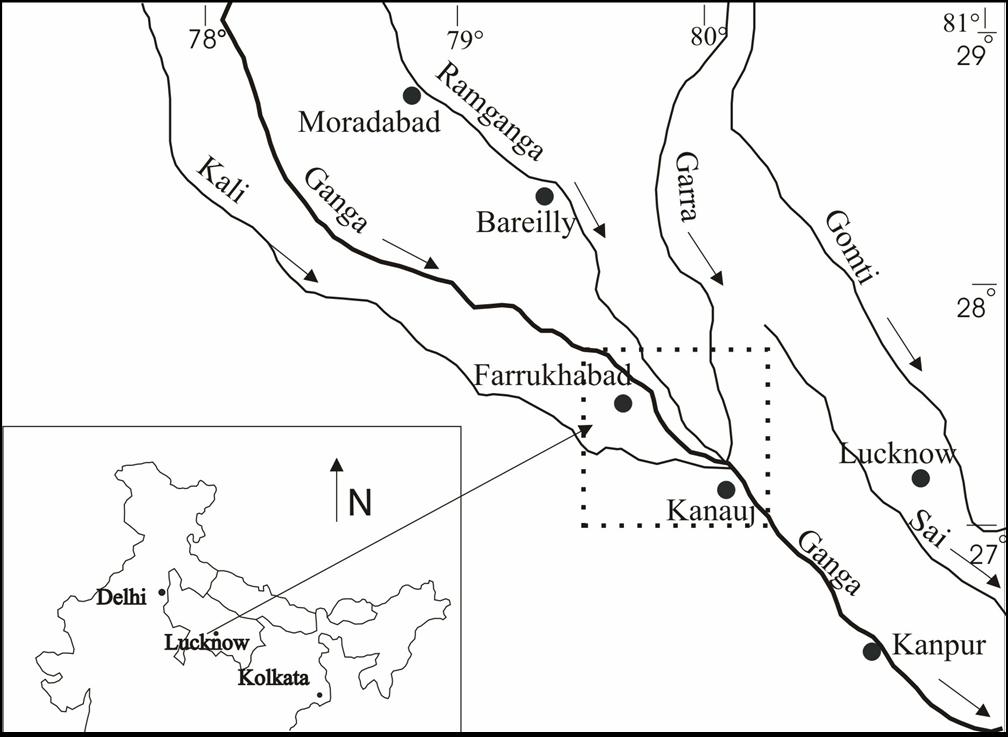|

Ganga Corridor
Linked Research Projects
Participating Institutions
Core Repository
Facilities
Multiplier effects
Publications
Contact Us
| |
LINKED RESEARCH PROJECTS
 |
Project 1:
Quaternary
Tectono-climatic Records of the Ganga basin in the Mountain exits of
Himalaya:An Integrated Approach.
|
|
Project 2:
Interfluve
stratigraphy, sedimentology and geochemistry of the central and southern
Ganga plains.
|
|
Project 3 :
Fluvial Dynamics and Sub-surface Stratigraphy of Gandak
Megafan.
|
|
Project 4 :
Studies on the microbial populations present in the vadose zone in the Kanpur area of the Indo-Gangetic plains.
|
|
Project 5:
Core
Archive and Analysis facility. |
Project 1
Quaternary
Tectono-climatic Records of the Ganga basin in the Mountain exits of
Himalaya: An Integrated Approach
Major Objectives:
-
Study of the morphology, composition and tectono-climatic
response of the sediment dispersal in the Ganga
basin and its relation to the hinterlands
(/catchment)
-
Reconstruction of the architecture and
magnitudes of the shallow sub-surface structures
at the mountain exits of the Ganga basin
-
Establishment of a linkage (through time and
space) between the Himalayan Orogeny and
drainage morphology of the Ganga basin
-
Erection of physical and chrono-stratigraphy for
the piedmont zone of the Ganga basin
Study Area
Adapted form Karunakaran and Rangarao, 1979)
Results (till date)
n
-
Based on sediment composition and facies, the fan and
fluvial terraces are divided into Axial River (ART) and
Local River (LRT) terraces.
-
In the Ganga Valley, north of HFT aggradation is
continued till 11 ka followed by incision which is
punctuated by aggradation phases in the form of
three levels of terraces (T3 to T1); however, south
of HFT, the aggradation continued till 6 ka or even
younger till 4 ka followed by incision
-
The T4 (11
ka) and T3 (9.7 ka) terraces are terminating along
HFT whereas T2 (6.7 ka) and T1 terraces continue
across HFT and MBT reveals tectonic activity along
HFT has occurred between T3 and T2 with uplift rate
of 13mm/yr. However, tectonic activity was not
pronounced since the deposition of T2 and incision
rate after T2 is ~ 6.7 mm/yr.
-
The major incision phase in Ganga
valley is in response to climatic change
from drier to wetter condition.
-
In
Yamuna Valley,
two major phases of aggradation and incision are
observed; The earlier aggradation
phase continued till ~25 ka followed by
incision. The younger aggradation phase contiued
till 10.7 ka followed by incision which is
similar to Ganga Valley. In all six level of
terraces are observed.
-
Elevation
variation of older terraces across imbricated Thrust
reveals tectonic activity after their deposition.
-
Absence of older terraces in the sector-3 may be due
to valley widening
and lateral avulsion of Yamuna River.
-
Facies
distribution coupled with nature and sediment composition
permit to divide the fan and alluvial terraces into
Ganga River Terraces (GRT) and
Local River Terraces (LRT).

Project 2
Interfluve stratigraphy,
sedimentology and geochemistry of the central and southern Ganga
plains
Major Objectives:
-
Identification of sub-surface litho-units and alluvial
architecture.
-
Characterization and correlation of drill
cores for sedimentology,
geochemistry and magnetic properties in the Ganga-Yamuna
interfluve.
-
Identification
of pedogenic events in the stratigraphic record through micromorphological
study.
-
Clay
mineralogical studies and their implications for
climatic reconstruction.
-
Understanding
of stratal patterns and alluvial stratigraphic development as a function of the
competing influences of craton sourced river systems and
Himalayan sourced river systems.
Study Area
Work elements
-
Deep
geoelectrical resistivity soundings
-
Resistivity imaging
-
Sedimentological, minerological
and soil micromorphological analysis.
Results (till date)
-
Geomorphic setting
of narrow, incised valleys and broad
interfluves developed during the Late Quaternary, if
not earlier.
-
nInterfluve
alluvial architecture has been strongly influenced
by
(a) changes in the monsoon, at least over past 100 ka B.P. and
(b)
competition between Himalayan and cratonic drainage
system
-
Kanpur window -A
major river, probably the paleo-Ganga, has
been located near its present position since at
least 26 ka BP with indications of southward
migration during 11-6 ka
-
nThe Bhognipur core - sharp transition in facies
distribution reflecting a change from peninsular
derived sediments in the lower part to a
Himalayan-sourced sediments towards the top of the
core.
-
nSuch
significant differences in facies distribution of
the cores located about 50 kms apart in the Ganga-Yamuna interfluve is
apparently in response to a southward shift of the
cratonic wedge of sediments.

Project 3
Fluvial Dynamics and Sub-surface Stratigraphy of Gandak
Megafan.
Major Objectives
-
Understanding of the River dynamics.
-
Facies architecture and depositional environment of surface
and subsurface deposits.
-
Palaeoclimatic
reconstruction.
-
vA
model for the megafan sedimentation in the light of
Ganga Plain
foreland basin evolution.
Study Area
 |
|
|
Work elements
-
Drill core data
-
Environmental Magnetism
-
Geochemical analysis
-
Luminescence dating
-
Palynology
|
| |
Results (till date)
-
§The
wide valley occupied by narrow channels indicate that
the discharge and so the transporting capacity of the
river was very high in the past.
-
Discharge and so the size of the sediments are
continuously decreasing.
-
§The
palaeo-discharge is high, palaeocurrent direction is
towards south.
-
§The
rivers are entrenched not only in the older alluvium
but also in the present day alluvium (older
channel bar deposits).
§The
entrenchment of the river in the bar deposits is
acting as a natural hazard .
-
§The
subsurface consist of both channel and inter-channel
deposits.

Project 4
Studies on the microbial populations present in the
vadose zone in the Kanpur area of the Indo-Gangetic plains
Major Objectives
-
Enumeration of total recoverable heterotrophs and direct viable
counts in vadose zone core soil samples collected from a depth
of around 40 m at one specific location.
-
Enumeration of denitrifiers and iron reducing bacteria (which
represent two major groups of anaerobic bacteria) in above soil
samples using MPN procedures.
-
Testing bioremediation potential of soil sample for aerobic
degradation of few chosen aromatic compounds. Using MPN
procedures for enumerating the specific degrades after exposing
the soil to contaminant.
-
Isolation and characterization of a few pure bacterial cultures.
Study Area
 |
Work elements
|
Results (till date)
- A large population of
microorganisms are viable and are capable of metabolic activity
-
Inspite of low TOC and low moisture content, subsurface
is well populated by microbes.
-
All the isolates are aerobic and gram negative
-
Strains from depth D are able
to utilize inositol, butanol and methanol as sole carbon source.
-
No growth is observed with toluene, o-nitrobenzoic acid
and methylamine
|